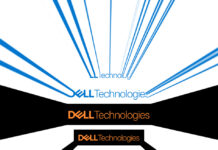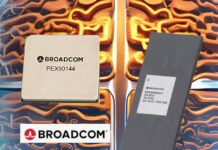CAS – Content Addressing System. A data item’s contents are binary numbers. They can be mathematically manipulated by a cryptographic function to provide a hash or key, a unique number, which is then used to locate the data item in an address space. A directory stores these addresses with a pointer to the physical storage of the content. Any attempt to store the same file will generate the same key, and any change to the file will generate a new key. This property can be used to show that a file has not been changed. See also object storage.







